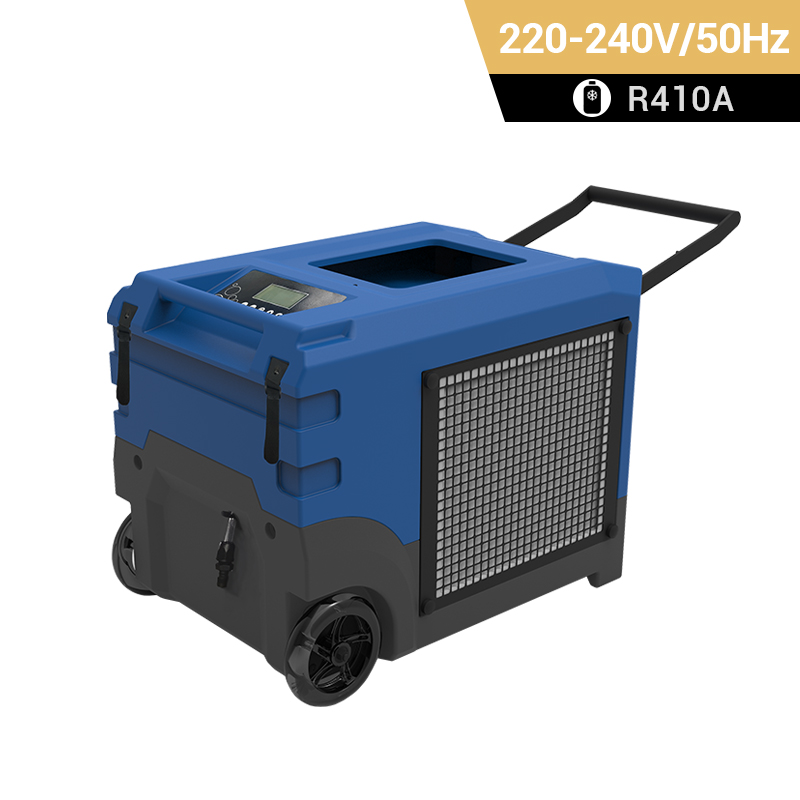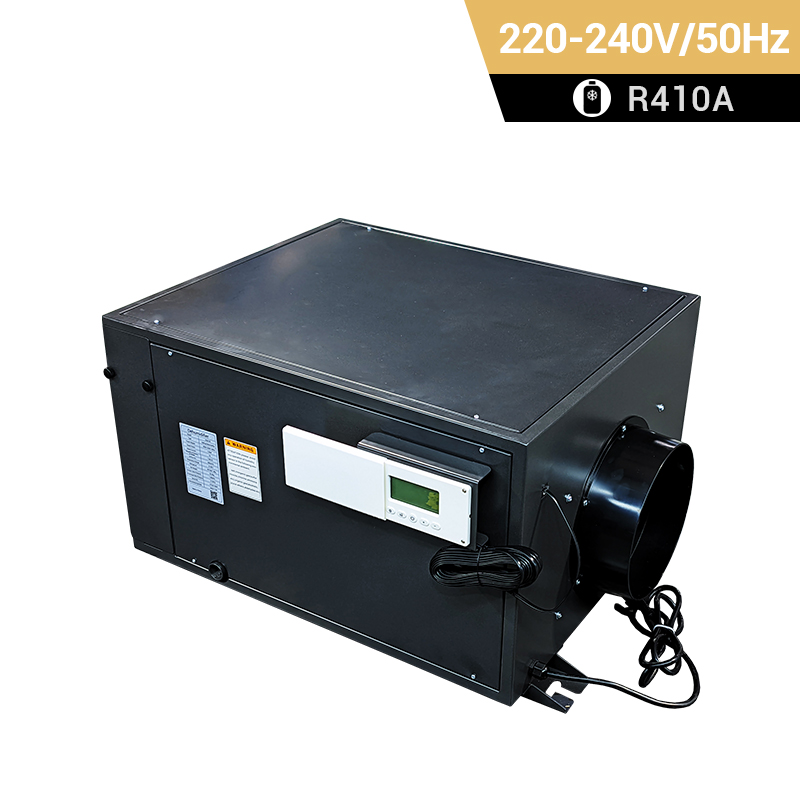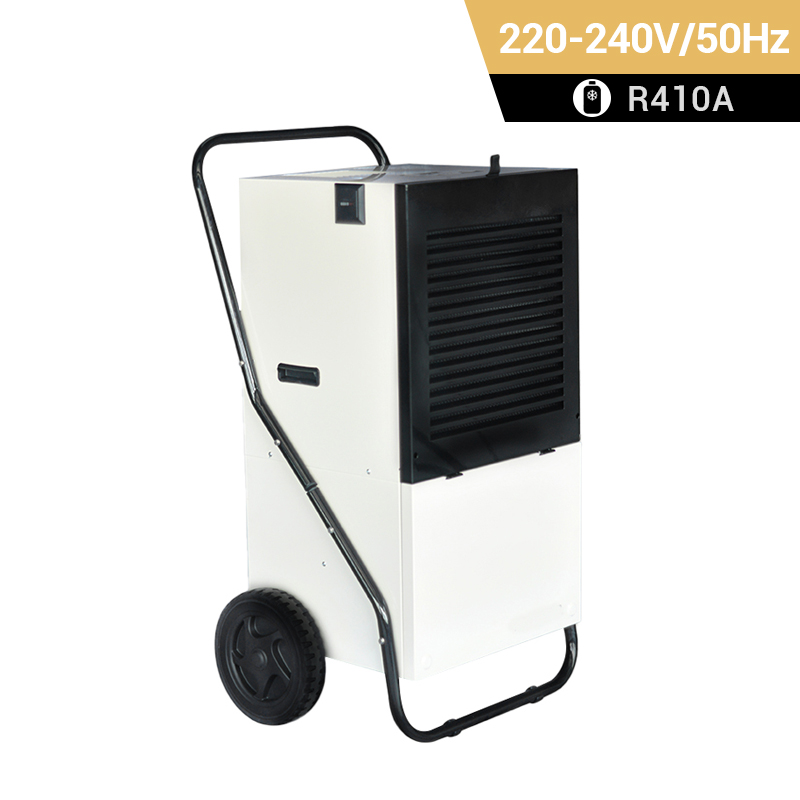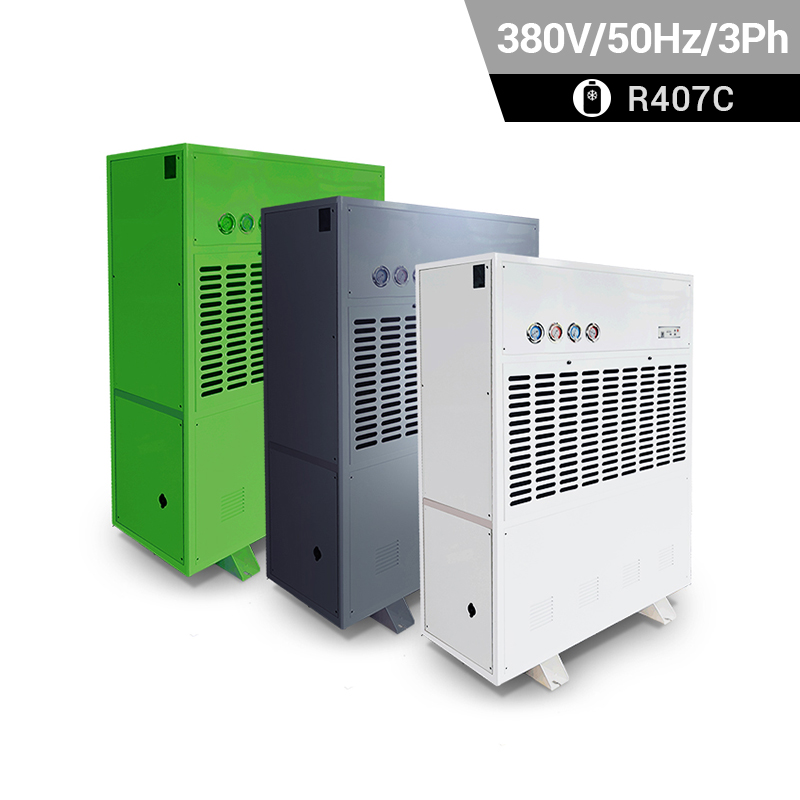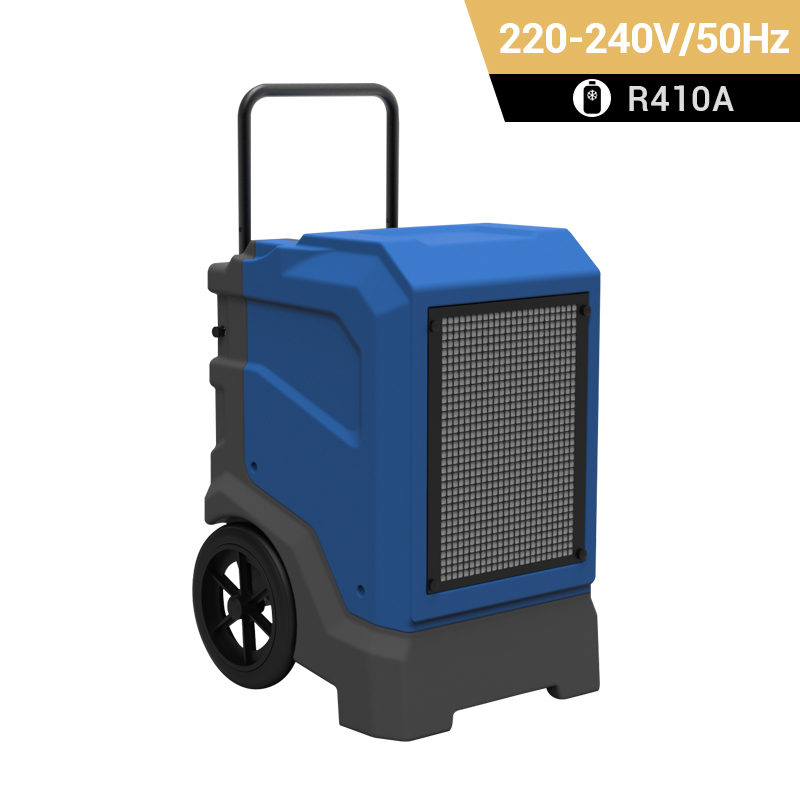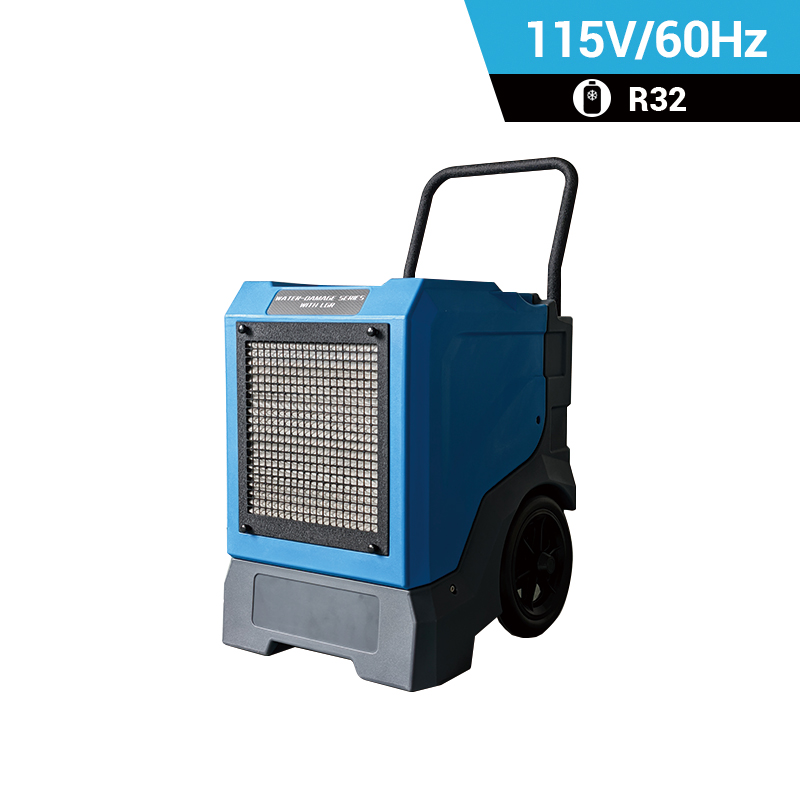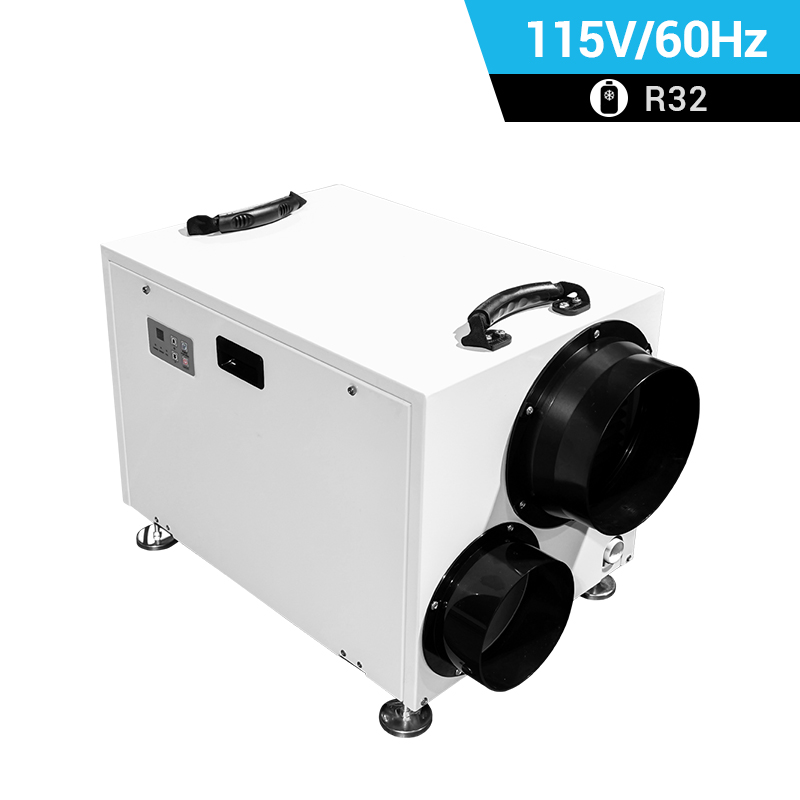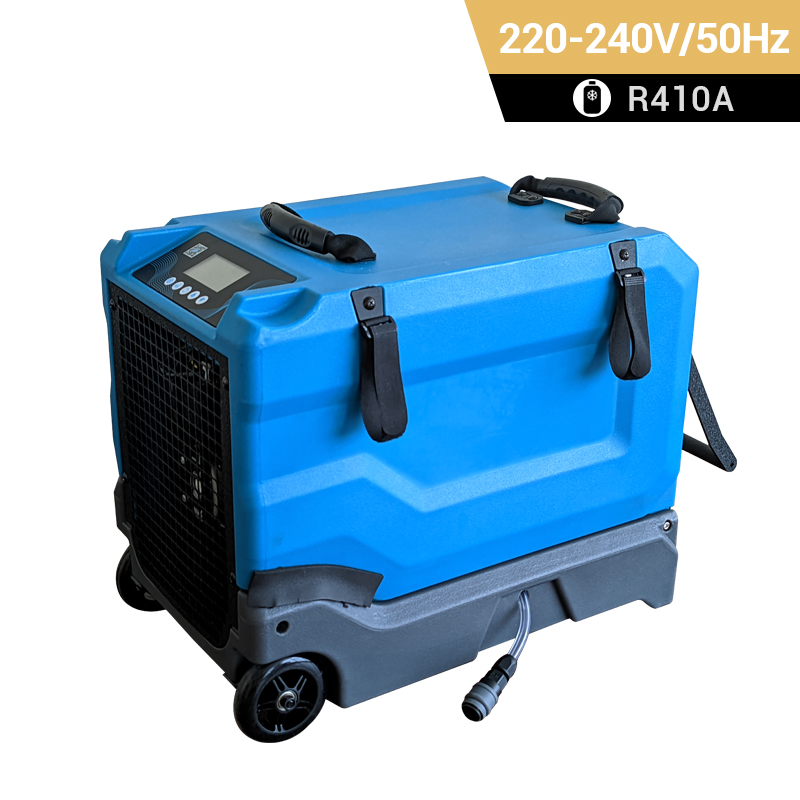 +86-13376814803
+86-13376814803  robert@hzhongtai.com
robert@hzhongtai.com
Free Standing Dehumidifier
A freestanding dehumidifier is a portable device designed to remove excess moisture from the air in a specific area. These units are versatile and can be moved around as needed. Here are some factors to consider when looking for a freestanding dehumidifier:
-
Capacity: The capacity of a whole home dehumidifier is measured in pints of moisture removed per day. Consider the size of the area you need to dehumidify and choose a unit with an appropriate capacity. Small units may have capacities around 30-50 pints, while larger units can remove 70 pints or more per day.
-
Coverage Area: Determine the square footage of the space you want to dehumidify. Make sure the dehumidifier's capacity matches or exceeds the size of the area.
-
Energy Efficiency: Look for models that have earned the Energy Star certification. Energy Star-rated dehumidifiers are designed to be more energy-efficient, which can help save on electricity costs.
-
Humidistat: This feature allows you to set a desired humidity level. The whole house dehumidifier will then cycle on and off to maintain that level. This can help save energy by preventing the unit from running unnecessarily.
-
Continuous Drainage Option: Some models offer the ability to connect a hose for continuous drainage, which eliminates the need to manually empty a water tank.
-
Auto-Defrost Feature: If you plan to use the dehumidifier in a cold environment, consider a unit with an auto-defrost feature. This prevents the coils from freezing and ensures the dehumidifier operates efficiently.
-
Noise Level: Consider the noise level of the dehumidifier for home use. Quieter models are available for more sensitive environments.
-
Portability: Look for units with handles and wheels for easy transport. This is especially important if you plan to move the household dehumidifier between different rooms or levels of your home.
-
Controls and Display: Check if the unit has user-friendly controls and a clear display for easy operation and monitoring of settings.
Related Products






